People who use positive reinforcement (R+) based training often catch a lot of flak for being “cookie pushers.” The truth is that yes, R+ training does involve the use of food because food is a primary reinforcer. This means that dogs need it to live so they have a high motivation to seek out food (i.e., perform behaviors that they know will get them food). It is easy control in a training setting because we can use small rewards or portion out our dog’s regular meals for training, so we are not affecting their weight. All in all, it’s a quick and easy way to let your dog know they’ve done a good job.
But what about other forms of rewards can also be used to reinforce our dog’s good behavior. Of course, we’ve heard of petting and praise, but in the hierarchy of rewards, for most dogs, these place low on the list. What we should be looking at are what are called functional rewards. These are rewards that meet our dog’s needs and give them what they are seeking at the time.
Here are some examples:
One of my favorites is using sniffing on walks as a reward. Of course, dogs don’t have to earn every sniff, but we can add a go sniff cue into our repertoire. When walking dogs, I typically know when they are going to want to sniff (poles, mailboxes, trees, etc.). Instead of being pulled towards every mailbox you pass, I teach my dog that walking nicely at my side will earn him a sniff. If he can stay with me, instead of pulling towards the pole, I will walk him up to it and say- “go sniff!” If he does pull, I will direct him back into a heel position and working on getting him to stay with me. When he does, he can go sniff! This will help decrease pulling over time because the dog knows they will get a chance to sniff after walking nicely at my side.
Some dogs are fearful of people or objects. So how do we get them closer while also giving them an opportunity to move away and create distance between them and the scary thing? We use the treat and retreat method. When our dog voluntarily moves towards a scary thing, they earn a treat. But that treat is given several feet away from the scary thing. If my dog is scared of visitors and chooses to give one a sniff, I will mark then give him his treat several feet away from the visitor. This helps him feel more confident about coming close to visitors at his pace because he knows he can retreat with him reward.
Other functional rewards include being able to go out the door or car door if they will sit and be under control or stay first. I always ask my dog to wait when I open my car door so that I can grab the leash. If he can wait, he will be able to get out of the car faster than if he struggles to jump out as soon as the door opens.
I hope these examples help shed light on how we can use other rewards for working with our dogs, not just cookies! If you have questions about functional rewards, feel free to reach out! In meantime, you can refer to me as a Snack Leader!
